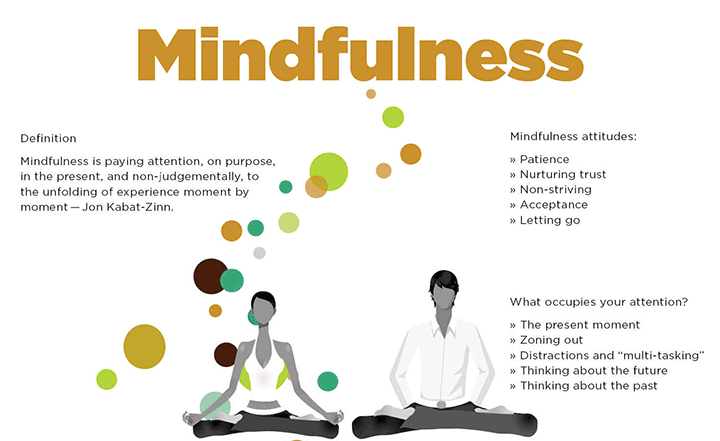Tip 2 of 6 Mindfulness Exercises You Can Try Today
This exercise is simple but incredibly powerful because it helps you notice and appreciate seemingly simple elements of your environment in a more profound way.
The exercise is designed to connect us with the beauty of the natural environment, something that is easily missed when we are rushing around in the car or hopping on and off trains on the way to work.
Mindful Observation
- Choose a natural object from within your immediate environment and focus on watching it for a minute or two. This could be a flower or an insect, or even the clouds or the moon.
- Don’t do anything except notice the thing you are looking at. Simply relax into watching for as long as your concentration allows.
- Look at this object as if you are seeing it for the first time.
- Visually explore every aspect of its formation, and allow yourself to be consumed by its presence.
- Allow yourself to connect with its energy and its purpose within the natural world.
Mindfulness is paying attention, on purpose, in the present, and non-judgmentally, to the unfolding of experience moment by moment. – Jon Kabat-Zinn
Mindfulness Attitudes
- Patience
- Nurturing Trust
- Non-striving
- Acceptance
- Letting go
What Occupies your Attention?
- The present moment
- Zoning out
- Distractions and ‘multi-tasking’
- Thinking about the future
- Thinking about the past


- Mindful Breathing
- Mindful Observation
- Mindful Awareness
- Mindful Listening
- Mindful Immersion
- Mindful Appreciation
Why Mindfulness Exercises?
The cultivation of moment-by-moment awareness of our surrounding environment is a practice that helps us better cope with the difficult thoughts and feelings that cause us stress and anxiety in everyday life.
With regular practice of mindfulness exercises, rather than being led on auto-pilot by emotions influenced by negative past experiences and fears of future occurrences, we harness the ability to root the mind in the present moment and deal with life’s challenges in a clear-minded, calm, assertive way.
In turn, we develop a fully conscious mind-set that frees us from the imprisonment of unhelpful, self-limiting thought patterns, and enables us to be fully present to focus on positive emotions that increase compassion and understanding in ourselves and others.
source: pocketmindfullness.com

















